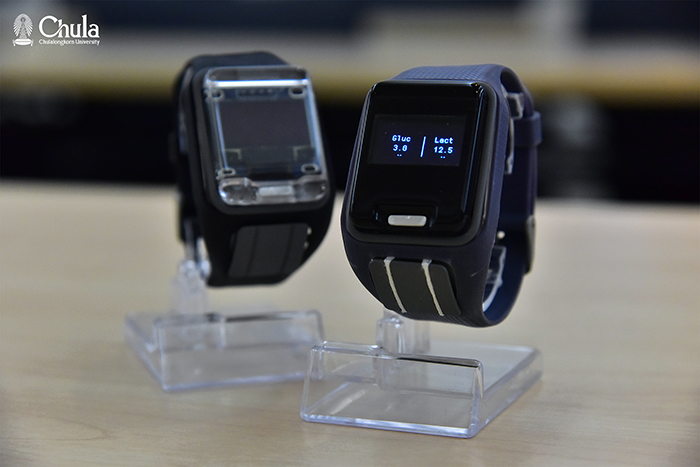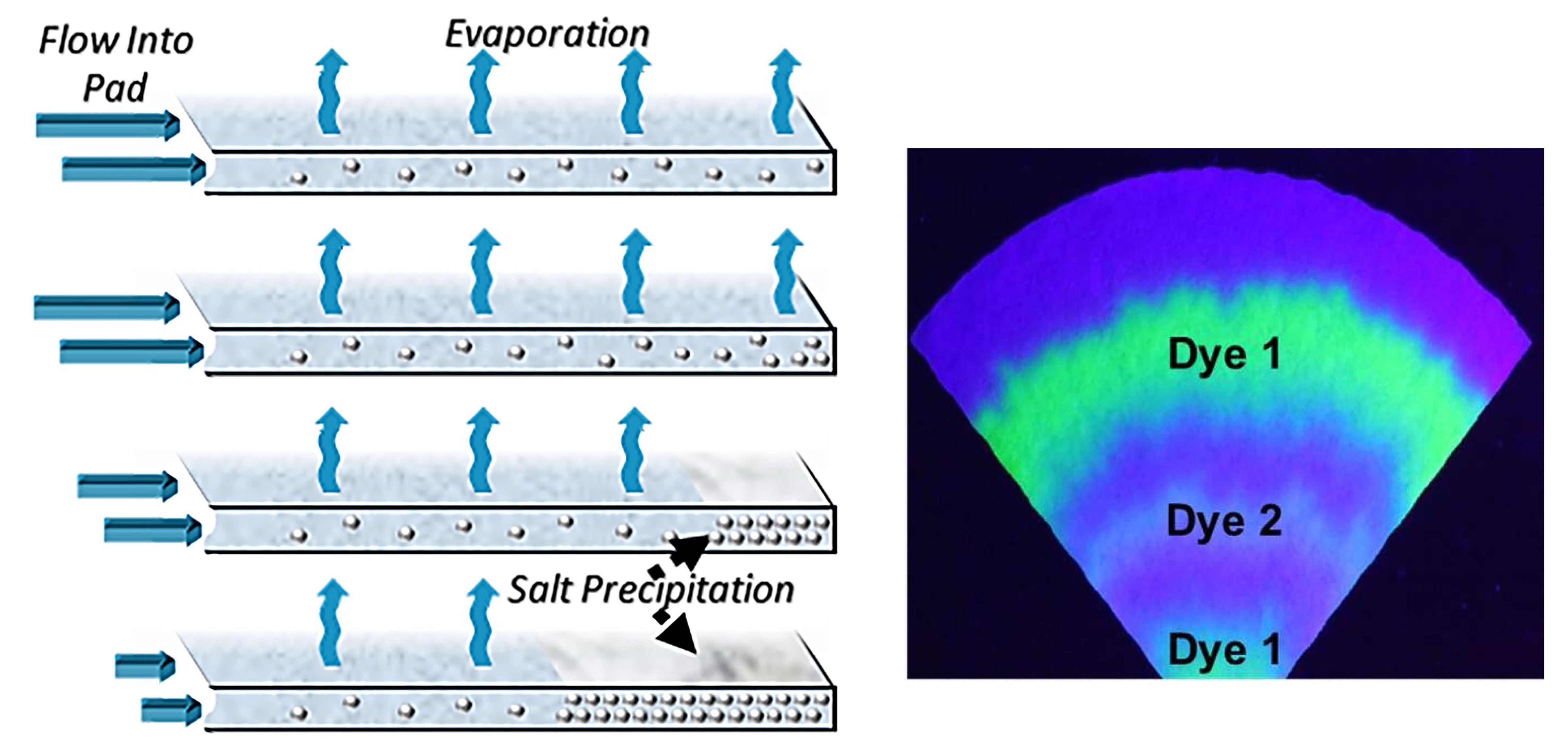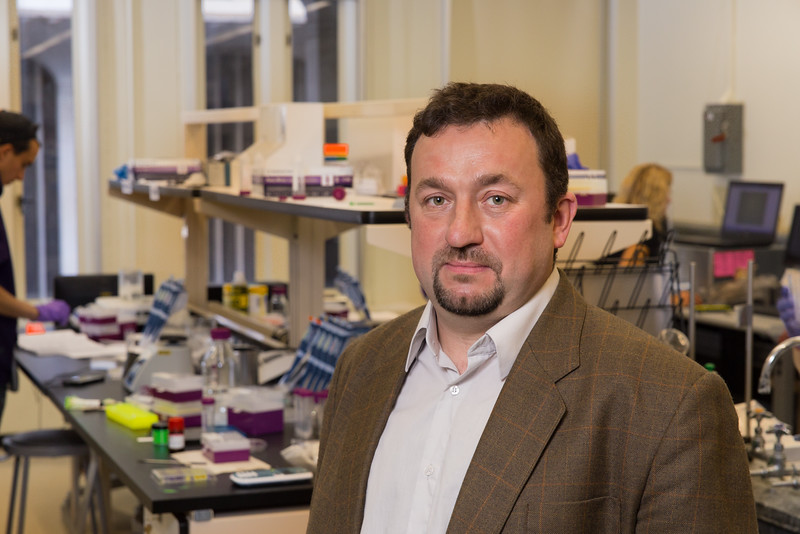For the first time, researchers have developed a validated tool that lets athletes predict their rate of whole-body sweat loss.
Tag: Sweat
Monitoring diseases through sweat becomes accessible to everyone
Dr. Kim Joohee from the Bionics Research Center at the Korea Institute of Science and Technology (KIST) and Professor John A. Rogers from Northwestern University jointly announced the development of a convenient sweat monitoring device that does not require physical activity but delivers drug stimulation through the skin.
Chula Researchers Find Chemicals in Sweat That Can Reveal “Extreme Stress and Depression” and Successfully Test Firefighters’ Mental Health for the First Time!
A team of researchers from the Faculty of Medicine and Faculty of Science, Chulalongkorn University, have found chemicals in sweat that indicate high stress and depression. The pilot study of firefighters in Bangkok yielded the results with 90% accuracy, so they are poised to conduct mental health screening in other high-stress, and high-risk groups of professions hoping to reduce mental health problems and violence in society.
Chula Researchers Receive International Awards
Congratulations to all Chula researchers for receiving awards from international stages.
As the country experiences record high temperatures, a University of Miami dermatologist explains why sweat is a natural phenomenon that we often take for granted but that it is crucial for our bodies to remain healthy.
Dr. Scott Elman is a Harvard-trained dermatologist in the Dr. Phillip Frost Department of Dermatology and Cutaneous Surgery at the University of Miami Health System. Why do we sweat? (miami.edu) Dr. Scott Elman, MD – Miami, FL – Dermatology –…
‘Smart necklace’ biosensor may track health status through sweat
Researchers have successfully tested a device that may one day use the chemical biomarkers in sweat to detect changes in a person’s health.
The Chillest Ape: How Humans Evolved A Super-High Cooling Capacity
Humans have a uniquely high density of sweat glands embedded in their skin—10 times the density of chimpanzees and macaques. Now, researchers at Penn Medicine have discovered how this distinctive, hyper-cooling trait evolved in the human genome.

“Smartwatch to Measure Blood Glucose from Sweat” – A Chula Innovation for Healthcare
No more worries for diabetics with weak muscles. The Metallurgy and Materials Science Research Institute, Chulalongkorn University will soon launch a cutting-edge, health innovation – a wristwatch that can check blood sugar levels from sweat in real-time. It’s accurate, not painful, less expensive, and can replace imported equipment. It is expected to be available on the market soon.

Paper-Based Device Provides Low-Power, Long-Term Method for Analyzing Sweat
Researchers at North Carolina State University have constructed a paper-based device as a model of wearables that can collect, transport and analyze sweat in next-generation wearable technology. Using a process known as capillary action, akin to water transport in plants, the device uses evaporation to wick fluid that mimics the features of human sweat to a sensor for up to 10 days or longer. They discuss their work in the journal Biomicrofluidics.

Forensic Chemist Proposes Sweat Testing Strip as Breathalyzer Replacement
Jan Halámek and his team of researchers at the University at Albany, led by Department of Chemistry graduate student Mindy Hair, are developing a sensing strip that can detect a person’s blood alcohol content (BAC) based on ethanol levels in a small sweat sample.